According to the NHS CT Browser, which may not be accessible from everywhere, 93880001 has three parents:
- Malignant tumor of lung (disorder)
- Primary malignant neoplasm of intrathoracic organs (disorder)
- Primary malignant neoplasm of respiratory tract (disorder)
and 31 children:
- Carcinoma of lung parenchyma (disorder)
- Epithelioid hemangioendothelioma of lung (disorder)
- Non-Hodgkin's lymphoma of lung (disorder)
- Non-small cell lung cancer (disorder)
- and so on...
The way to find higher and lower levels of the hierarchy is to use relationship_f.sourceid and relationship_f.destinationid. However, the raw tables are not user friendly so I would suggest making some views. I have taken the code from the Oracle .sql files in this GitHub repo.
First, we make a view with concept IDs and preferred names:
create view conceptpreferredname as
SELECT distinct c.id conceptId, d.term preferredName, d.id descriptionId
FROM postgres.snomedct.concept_f c
inner JOIN postgres.snomedct.description_f d
ON c.id = d.conceptId
AND d.active = '1'
AND d.typeId = '900000000000013009'
inner JOIN postgres.snomedct.langrefset_f l
ON d.id = l.referencedComponentId
AND l.active = '1'
AND l.refSetId = '900000000000508004' -- GB English
AND l.acceptabilityId = '900000000000548007';
Then we make a view of relationships:
CREATE VIEW relationshipwithnames AS
SELECT id, effectiveTime, active,
moduleId, cpn1.preferredName moduleIdName,
sourceId, cpn2.preferredName sourceIdName,
destinationId, cpn3.preferredName destinationIdName,
relationshipGroup,
typeId, cpn4.preferredName typeIdName,
characteristicTypeId, cpn5.preferredName characteristicTypeIdName,
modifierId, cpn6.preferredName modifierIdName
from postgres.snomedct.relationship_f relationship,
conceptpreferredname cpn1,
conceptpreferredname cpn2,
conceptpreferredname cpn3,
conceptpreferredname cpn4,
conceptpreferredname cpn5,
conceptpreferredname cpn6
WHERE moduleId = cpn1.conceptId
AND sourceId = cpn2.conceptId
AND destinationId = cpn3.conceptId
AND typeId = cpn4.conceptId
AND characteristicTypeId = cpn5.conceptId
AND modifierId = cpn6.conceptId;
So a query to print out the names and ids of the three parent concepts would be:
select *
from relationshipwithnames r
where r.sourceId = '93880001'
and r.active = '1'
and r.typeIdName = 'Is a';
Note that this actually returns three extra concepts, which the online SNOMED browser thinks are obsolete. I am not sure why.
To print out the names and ids of child concepts, replace destinationId with sourceId:
select *
from relationshipwithnames r
where r.destinationId = '93880001'
and r.active = '1'
and r.typeIdName = 'Is a';
Note that this actually returns sixteen extra concepts, which the online SNOMED browser thinks are obsolete. Again, I cannot find a reliable way to exclude only these sixteen from the results.
From here, queries to get grandparents and grandchildren are straightforward.
